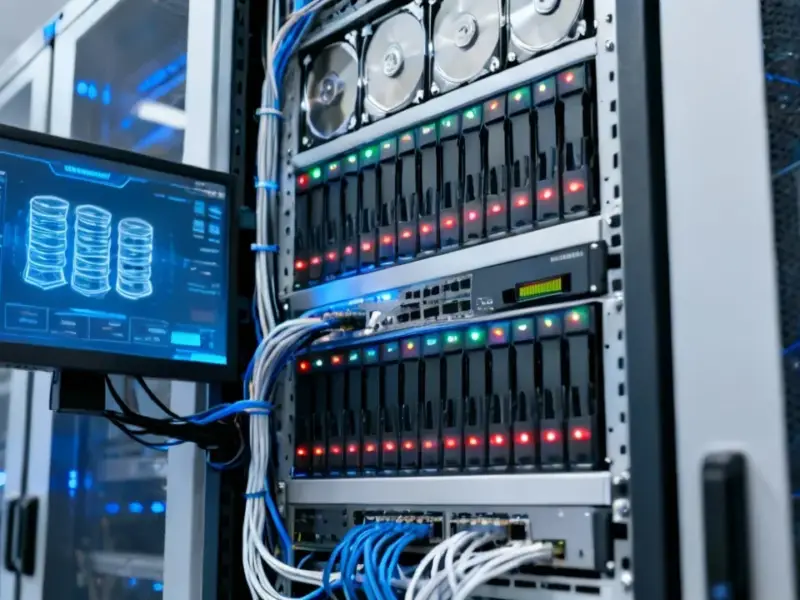According to Wccftech, Apple has publicly released iOS 26.1 with users reporting significant battery life improvements, particularly for iPhone Air and iPhone 17 Pro Max models. The update, which was predicted to arrive on Sunday and confirmed today, carries a substantial 11.44GB download size that suggests extensive integration of Apple’s on-device foundational AI models. Alongside battery optimizations, the update includes new features and UI upgrades across Apple’s hardware ecosystem, with macOS 26.1 receiving iterative improvements as well. Social media platforms are already filling with user testimonials about dramatically extended battery performance following the installation. This combination of user excitement and technical heft raises important questions about Apple’s evolving software strategy.
The Storage vs Performance Equation
The 11.44GB update size represents one of the largest incremental iOS updates in recent memory, signaling that Apple is prioritizing on-device AI capabilities over storage conservation. This creates immediate friction for users with 64GB or 128GB base models who must now regularly manage their available space to accommodate these growing system requirements. The company’s support documentation typically outlines storage requirements, but many users won’t check before updating. This trend toward larger updates suggests Apple is betting that the performance benefits of local AI processing outweigh the inconvenience of reduced user storage—a calculation that may not work for everyone in their diverse user base.
Separating Anecdote from Algorithm
While early social media reports like those from industry observers show excitement about battery improvements, the tech industry has seen this pattern before. Major iOS updates often trigger initial placebo effects where users perceive improvements that may not be statistically significant. The real test will come in the coming weeks as battery analytics tools and controlled testing environments provide measurable data. What’s different this time is that Apple appears to be leveraging its foundational AI models to optimize power management dynamically—a approach that could genuinely extend battery life by predicting usage patterns and allocating resources more efficiently.
The Ecosystem Fragmentation Challenge
Apple’s simultaneous release across multiple platforms—iOS, macOS, and likely iPadOS and watchOS—creates both opportunities and challenges. For enterprise users and developers, maintaining feature parity and compatibility across this expanding ecosystem becomes increasingly complex. The battery improvements reported for newer devices like iPhone 17 Pro Max may not translate to older hardware, potentially widening the performance gap between recent and legacy devices. This creates a subtle pressure for upgrades that benefits Apple’s hardware business but may frustrate users who expect consistent software experiences across their device portfolio.
Developer Adaptation Requirements
The integration of foundational AI models into iOS 26.1 represents a significant shift for third-party developers. Apps that haven’t been optimized for these new system-level AI capabilities may see reduced performance or battery drain compared to native Apple applications. This creates a new development priority—optimizing for Apple’s AI infrastructure—that will consume resources and potentially delay feature development. The substantial update size also means users may delay installing iOS 26.1, creating a fragmented user base that developers must support with multiple compatibility paths during the transition period.
Apple’s Strategic Pivot to AI-First
This update represents more than just incremental improvements—it signals Apple’s full commitment to an AI-first software strategy. The company is clearly willing to accept the short-term friction of large download sizes and potential compatibility issues to establish a foundation for AI-driven features that will differentiate future products. The battery life improvements, if substantiated, serve as an immediate user benefit that justifies the architectural changes. However, this approach risks alienating users with limited storage or older devices who may find themselves increasingly marginalized in Apple’s ecosystem as the computational demands of AI-focused software continue to grow.




